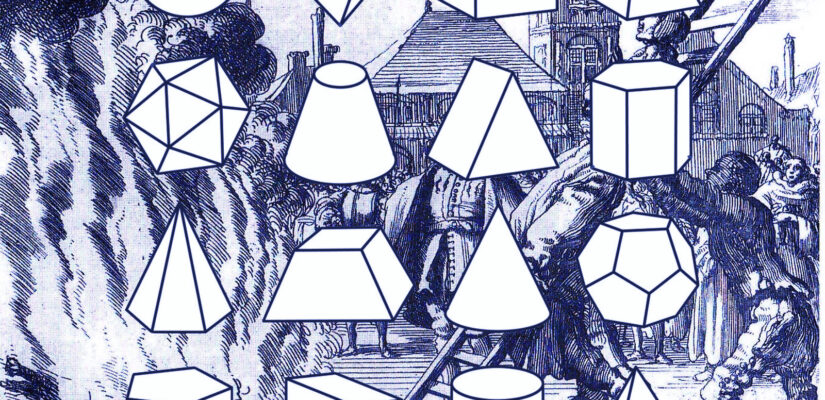
The Chiliastic Revolution in Münster | (dot)philosophy

(dot)philosophy | A space by GIACOMO MARIA ARRIGO
The seizure of Münster by a community of radical Anabaptists lasted for a little more than a year (February 1534 – June 1535).
In Münster, a city in north-western Germany, a radical form of Anabaptism took root and became difficult to eradicate. Anabaptism is a Christian movement whose central practice is rebaptism seen as the seal of their separation from the rest of the world and its departure from the teaching of the Church. Such a doctrine, whose origin can be found in sixteenth century, was quite widespread in Germany, Switzerland and Low Countries.“Their communities were modelled on what they supposed to have been the practice of the early Church and were intended to realize the ethical ideal propounded by Christ.”[1] For this reason, the millenarian experiment of Münster shows an extraordinary “blend of millenarianism and primitivism.”[2]
One of the best reports on the happenings in Münster has been written by Friedrich Reck-Malleczewen[3] in his A History of Münster Anabaptists. Reck-Malleczewen depicts in detail all the horrors that Münster witnessed in those dark months. The apocalyptic belief was the cornerstone of the whole radical ideology. “The Judgment Day will come between Lent and Easter — horribly soon, gentlemen — and engulf the whole world. But here not one in ten people will escape, and only Münster, God’s own city, will be spared:”[4] this is the apocalyptic faith that burst forth in Münster. People were talking of the Lord’s trumpet that, at any moment, would sound thrice from the clouds to announce the forthcoming end. “Münsterites sought to reshape the social and physical order so as to conform to the biblical apocalyptic pattern.”[5]
Believing that at the beginning of Christianity the Christian community lived in a communistic manner, all money and all precious metals were confiscated—whoever tried to keep some money or gold was beheaded. No one should have to lock his door at night, “for the gates of the Heavenly Jerusalem never closed.”[6] Polygamy was legalized and enforced (soon Bockelson’s harem included sixteen women).

Reck-Malleczewen diagnoses a “mass insanity, a mysterious psychosis overwhelming an entire community.”[7] He writes: “The collective of Münster — cut from the cloth of the Old Testament, born of the rejection of German mysticism — shows early on all the symptoms which come from the secularization of life: not least of all the terroristic claims to power of mass-man.”[8]
Friedrich Reck-Malleczewen defines John of Leyden as an “anticipation of Cromwell,”[9] and considers his rhetorical strategy (“Beware of whom tries to stop me, because I am on the path of God!”) to be the same approach adopted “in 1792 in Paris and in Moscow of 1917.”[10]
[1] Norman Cohn, The Pursuit of the Millennium: Revolutionary Millenarians and Mystical Anarchists of the Middle Ages (1957; revised and expanded, New York: Oxford University Press, 1970), Kindle, chap. 13.
[2] Ibid.
[3] Friedrich Reck-Malleczewen (1884-1945) was a German writer. He strongly opposed the Nazi regimes, and he tragically died at the Dachau concentration camp. The book A History of Münster Anabaptists (first published in 1937) depicts John of Leiden’s bloody Anabaptist experiment as a forerunner of Nazism. For that reason it was banned by the Nazi authority.
[4] Friedrich Reck-Malleczewen, A History of the Münster Anabaptists (New York: Palgrave Macmillan, 2008), p. 40.
[5] Claus Bernet, ‘The Concept of the New Jerusalem among Early Anabaptists in Münster 1534/35. An Interpretation of Political, Social and Religious Rule’, Archiv für Reformationsgeschichte, vol. 102, issue 1 [2011]: p. 176.
[6] Ibid., p. 181.
[7] Reck-Malleczewen, A History of the Münster Anabaptists, p. 1.
[8] Ibid., p. 41.
[9] Ibid., p. 56.
[10] Ibid., p. 20.